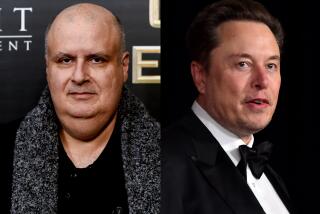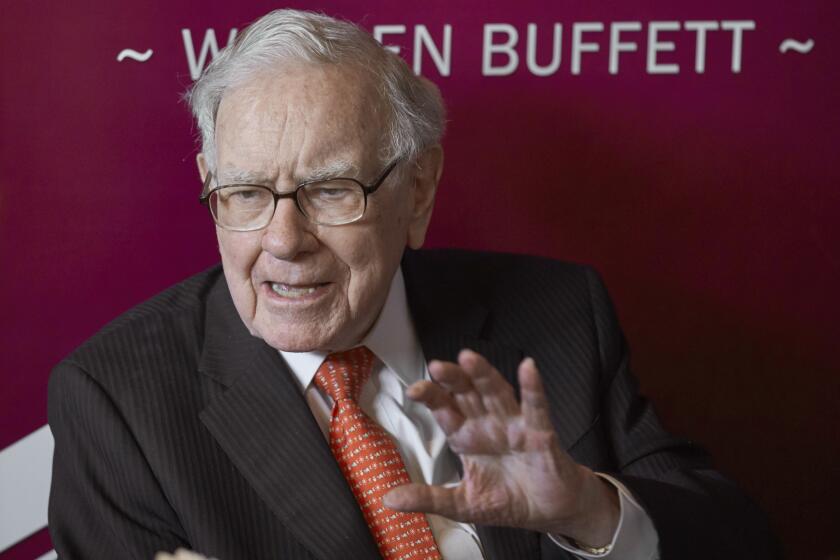Lexus says its hoverboard really flies, but it won’t soar into stores
- Share via
Lexus unveiled an online ad featuring a hoverboard Wednesday, but “Back to the Future” fans won’t be getting their hands on it.
The futuristic skateboard that seems to levitate was not invented to be sold, a spokeswoman said after Lexus released a video demonstrating a prototype at a Barcelona skatepark.
The hoverboard instead is an attempt to highlight the company and its technology 25 years after the luxury car brand released its first sedans.
“It’s just trying to push the design and innovation envelope and show it to the world,” said Lexus spokeswoman Allison Takahashi, adding that the levitation technology truly works.
The hoverboard is a Hollywood invention featured in “Back to the Future II” in 1989. Lexus’ homage debuted on the company’s Twitter account.
As a young man trades his skateboard for a board that appears to float an inch above ground, the words “there is no such thing as impossible” flash across the screen.
The hoverboard uses magnet technology and superconductors cooled by liquid nitrogen to rise off the Earth, Lexus said in a statement.
Takahashi would not say how much money and time Lexus invested in the board.
“I’d argue that much more than an old brand trying to “hype up” its image, Lexus is feeling pressure from other luxury carmakers who are all riding this new wave of innovation,” said Rich Homan, managing editor for the Kelley Blue Book website, which values cars.
Hoverboards have captivated many tech companies, but none have succeeded in creating a widely marketable model.
Inventor Greg Henderson began publicizing his Hendo hoverboard in October 2014, making the boards available for donations of $10,000 through a Kickstarter campaign that has raised $500,000. But the boards have been called a publicity stunt meant to support other projects from Henderson’s company, Arx Pax, that use similar magnet technology.
Google X, the digital research arm of the tech giant, also pursued hoverboard dreams but didn’t get far. After creators Rich DeVaul and Dan Piponi made a book-sized board float over a group of magnets, they realized that developing a larger version would come at a great cost without providing much social benefit, they told Fast Company last year.
Hoverbikes, however, are attracting attention for their potential to offer more than the fun of air-borne transportation. Unlike the Google X and Arx Pax hoverboards, these machines lift into the air with propeller technology and can be mounted as one would ride a motorcycle.
Defense research firm Survice announced last week that it signed a contract with the U.S. Department of Defense to design hoverbikes with engineering company Malloy Aeronautics that could accomplish the tasks of traditional helicopters.
The Lexus hoverboard, featured in a campaign called “Slide” that will release new videos in the next few weeks, joins other inventions that the car maker has promoted in efforts to enhance its image. A video called “Swarm” showed flying robots zooming through New York’s Natural History Museum. For the “Strobe” campaign, Lexus placed illuminated jumpsuits throughout Kuala Lumpur, Malaysia, so that a man appeared to jump and float through space.
For more business news, follow @dainabethcita on Twitter
ALSO:
California tech company attempts floating skateboard Hoverboard
‘Back to the Future’ Nike power-lace shoes may go on sale this year
More to Read
Inside the business of entertainment
The Wide Shot brings you news, analysis and insights on everything from streaming wars to production — and what it all means for the future.
You may occasionally receive promotional content from the Los Angeles Times.










